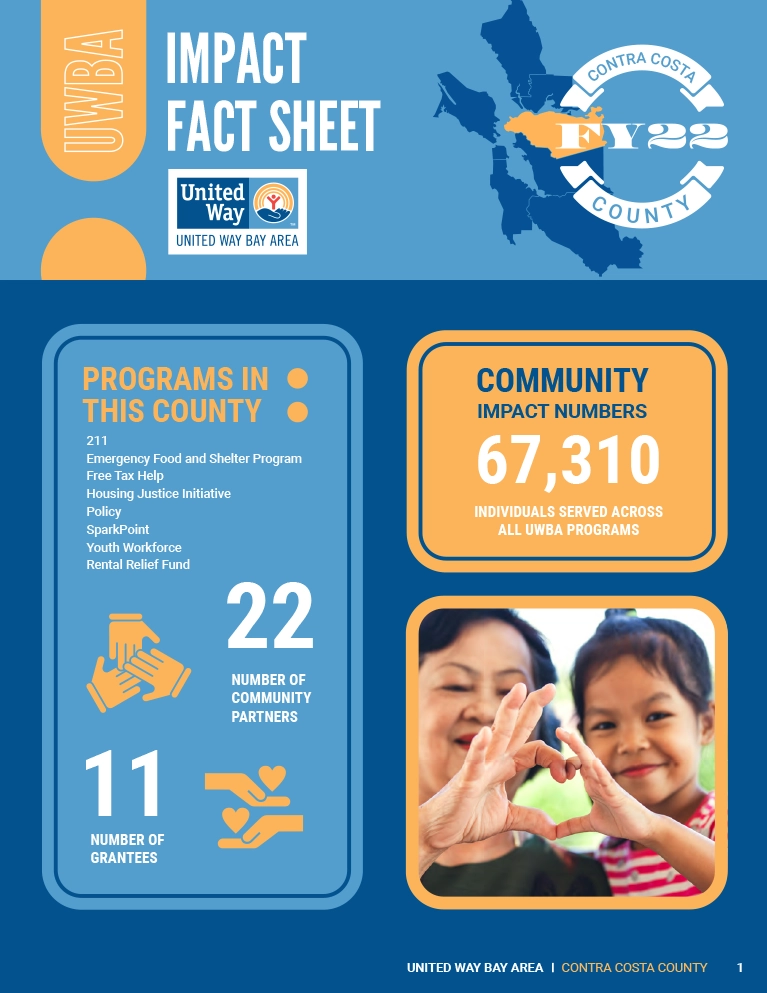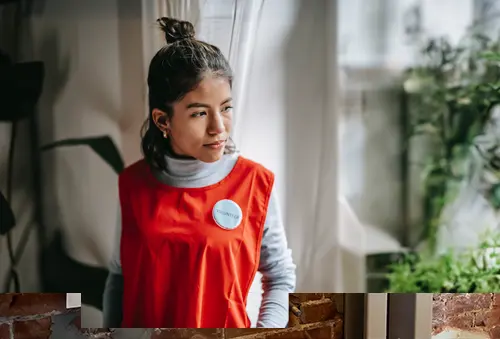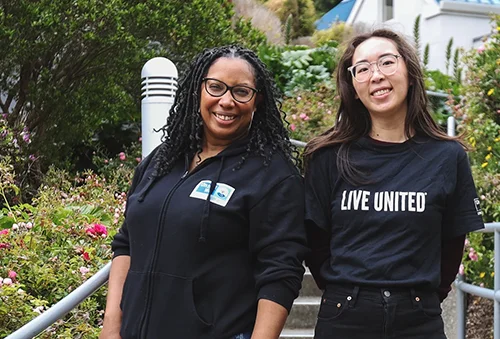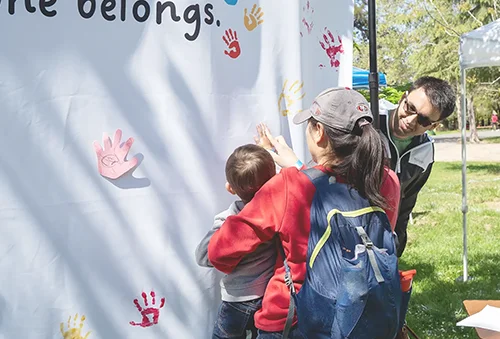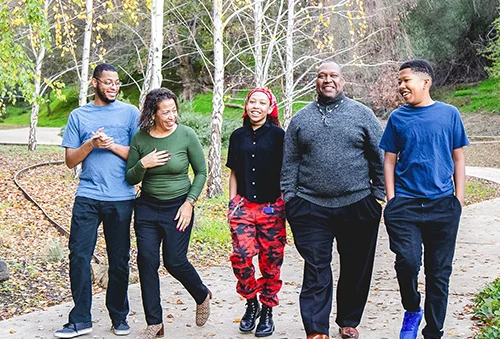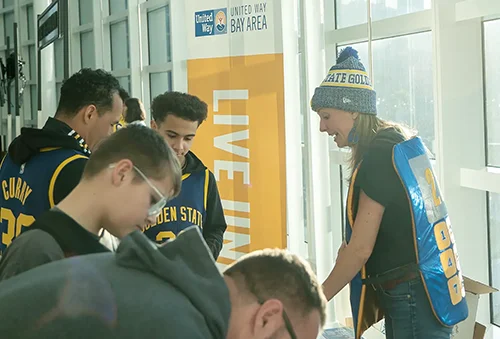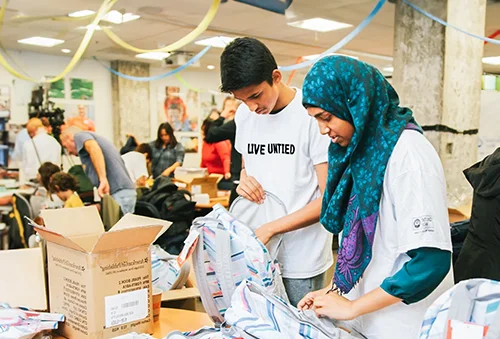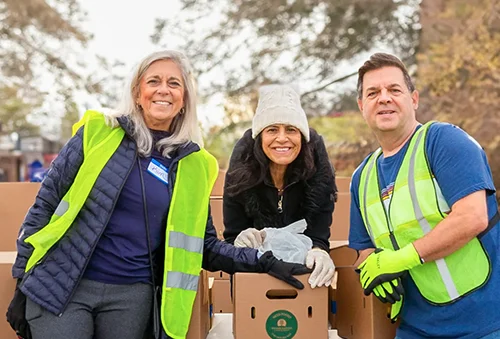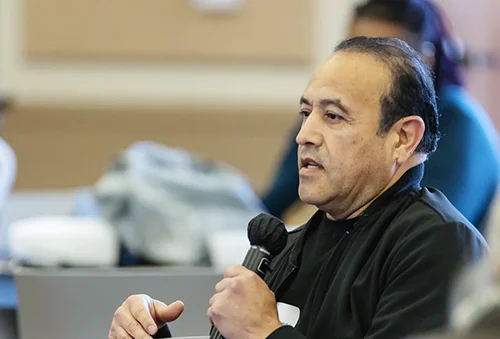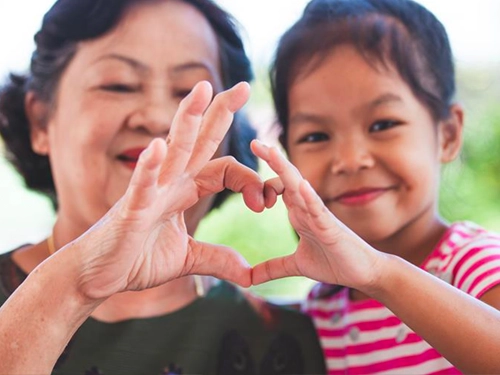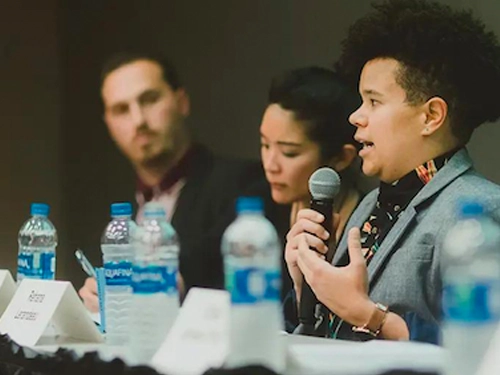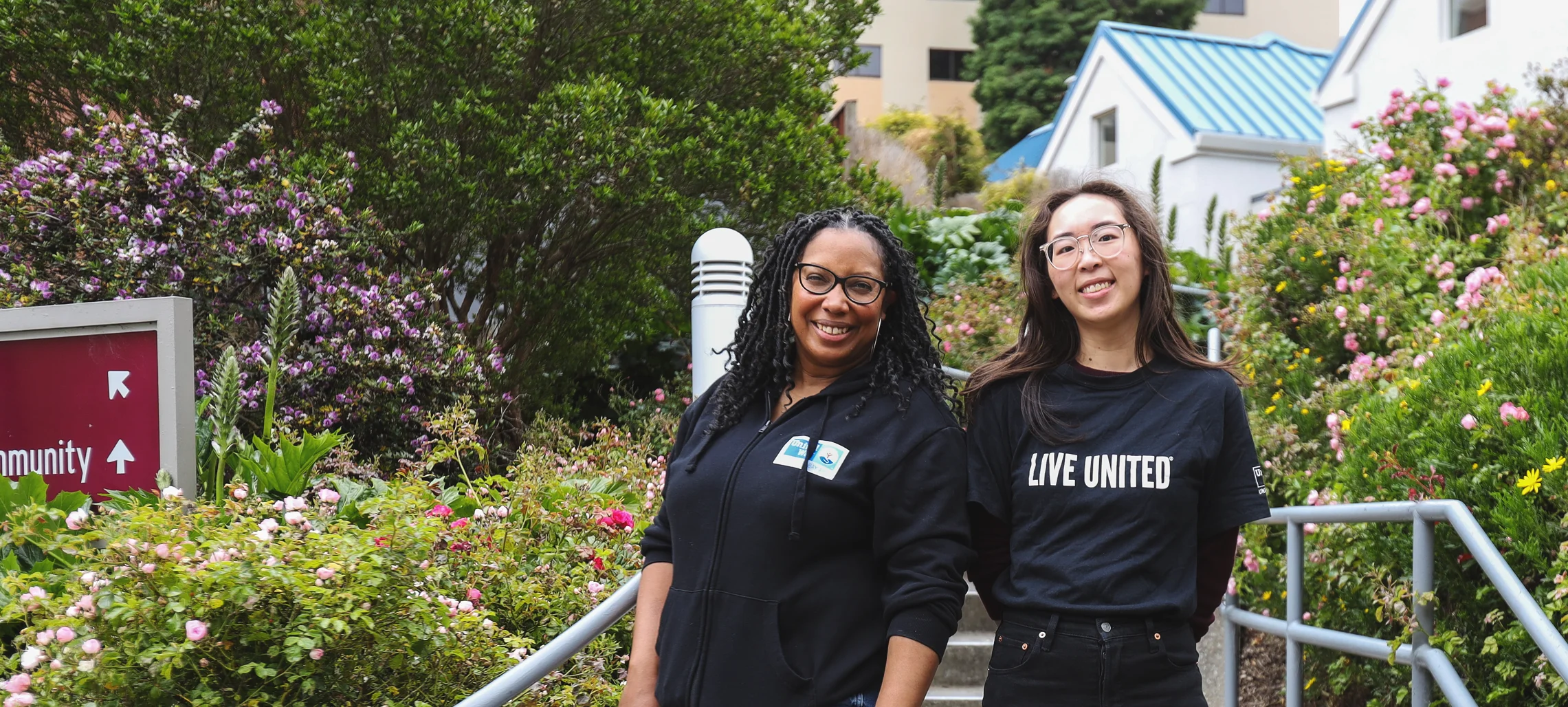

Contra Costa County
Making a Difference in Contra Costa County
Building a Stronger Safety Net
Welcome to our Contra Costa County page. Here we delve into the critical needs of our community and the collective efforts to create positive change. We are dedicated to addressing the pressing challenges faced by our fellow Contra Costa residents and fostering a stronger, more inclusive region.
Within the vibrant landscape of Contra Costa County, we recognize the need for food security, affordable housing, and vital social services. Through this page, we invite you to explore the data and information that form the foundation of our initiatives.
Together, we can help support individuals and families, and uplift the voices of the entire community, ensuring that everyone has a chance to thrive.

We Are Stronger Together.
When Mohammad came to the Bay Area, he was in search of a better life in America. One of the reasons why he was selected to serve in the military was because he dreamed of bigger hopes and aspirations.
He came here in search of a better life with his two young sons on a special visa program for those who had supported U.S. forces in Afghanistan and Iraq.
But he didn’t know where to go for help.
“You have to know the laws and customs to have a good life,” – Mohammad
Because of United Way Bay Area, Mohammad was able to connect with the vital services he needed.
The Need in Contra Costa County
Access to basic needs is difficult for many
82,544 households in Contra Costa County struggle to meet basic needs including paying for food and groceries, housing and utility bills; and keeping up with monthly car payments and other transportation costs.
The wealth gap is increasing
Among full time workers In Contra Costa County, the income of low-wage workers decreased 16% between 2000 and 2019, while high-wage workers' income increased 13%
Eviction rates are set to match or surpass yearly pre-pandemic levels
Contra Costa County had the highest eviction rate among counties in our region that have over 100,000 renters
Our Impact in the Community
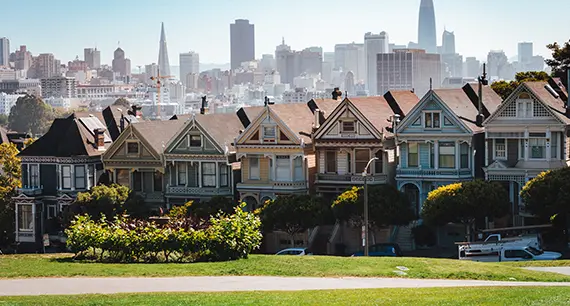
Housing Justice
(We mobilize support for solutions through public awareness and will-building, and advocate for policies that increase supply and improve conditions and access, while helping residents meet immediate housing needs.)
Building a Stronger Safety Net$175,000 was distributed to 6 organizations through the first year of our housing justice grants
Sparkpoint
(Centers that provide one-stop access to a full range of services to move families towards financial prosperity.)
SparkPoint centers in Contra Costa County have served 2,756 individuals providing resources for basic needs, employment and career opportunities, and financial coaching.
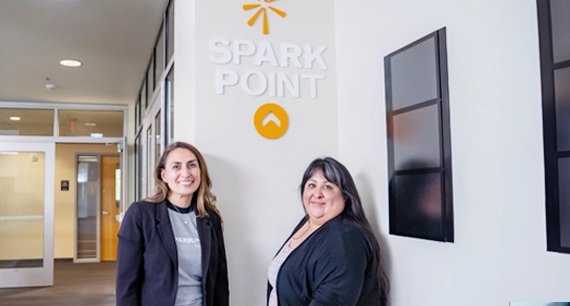
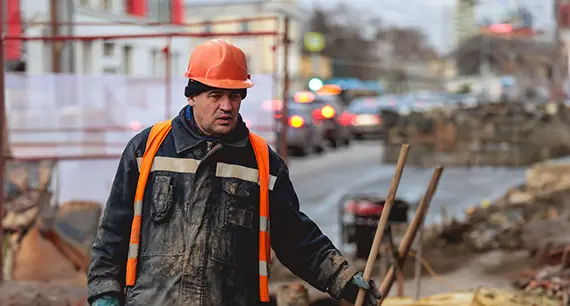
Labor Justice
(We connect union workers and their families with basic needs resources, legal services, and workforce training opportunities, as well as hardship funds when necessary.)
The Contra Costa Labor Community Services team provided 4,000 referrals to basic needs and community resources in Contra Costa County
Explore the Data

The Real Cost Measure
United Ways of California, in partnership with California’s 29 local United Ways, is proud to release How Much it Costs to Struggle: The Real Cost Measure in California 2023, a study on what it takes to make ends meet in California.
Unlike the official poverty measure which primarily accounts for the cost of food, the Real Cost Measure factors the costs of housing, food, health care, childcare, transportation and other basic needs to reveal what it really costs to live in California.
Explore our Real Cost Measure dashboard

211 Bay Area
(A free, vital service that connects callers with health and human services (food, shelter, childcare, legal services))
2-1-1 phone and text services are available 24 hours a day, 7 days a week and are available in 150 languages through phone interpretation services and English and Spanish for text services.
Explore our 211 Dashboard
